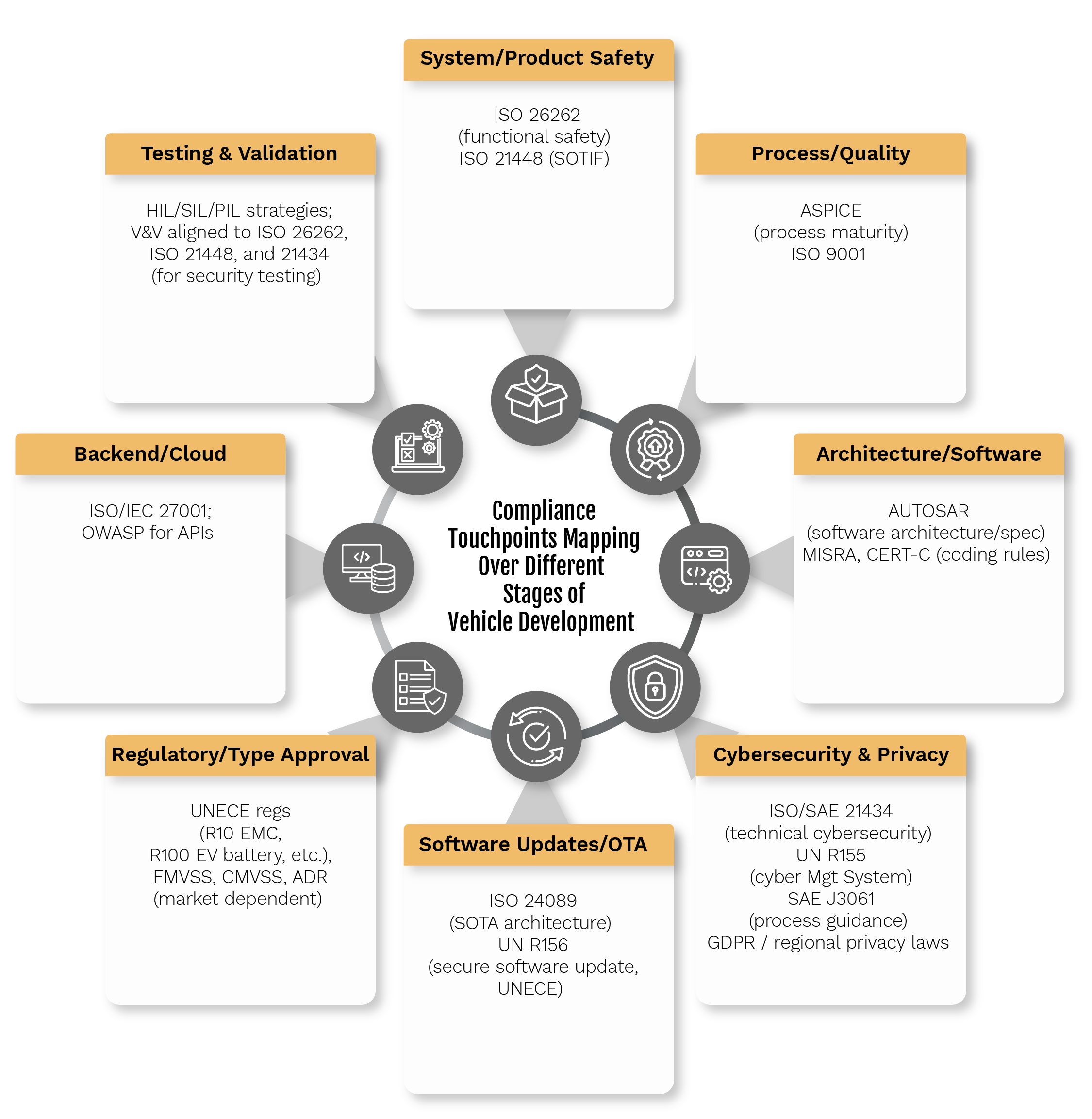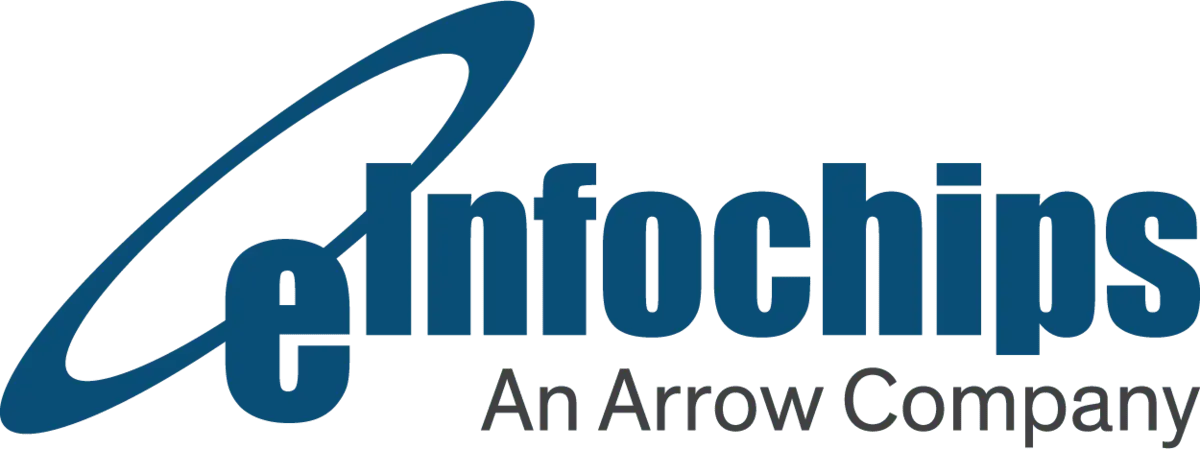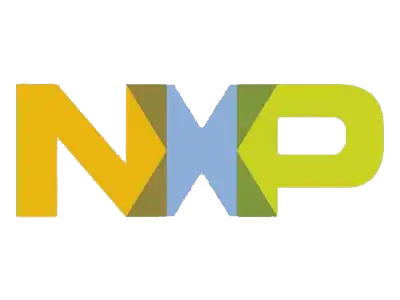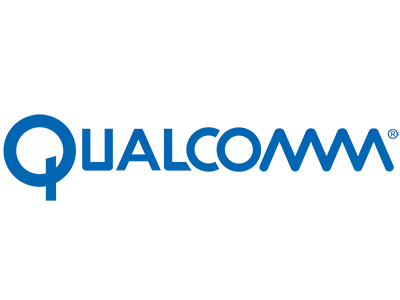Executive Summary
The evolution of vehicles from mechanical machines to Software-defined Vehicles (SDVs) and autonomous vehicles has led to changes in automotive safety regulations and standards. Global regulations are no longer focused exclusively on physical safety but also govern the digital security of vehicles. Compliance with global standards sets the path to gaining quick market access and consumer trust. The inability to meet compliance can lead to various repercussions such as recalls, delays, or reputational damage. Adhering to compliance is no longer seen as just part of a checklist but as a shared goal for engineering and business stakeholders within an enterprise. This blog serves as a refresher guide for readers on global automotive safety standards and the future developments in the automotive regulatory and standards landscape.
Introduction
Nowadays, vehicles have become synonymous with “computer on wheels”, equipped with software controlling safety-critical systems. As technology in vehicles advances, the regulations evolve to keep pace with the safety requirements of SDVs. Governments worldwide are tightening safety and cybersecurity oversight to ensure passenger and vehicle safety. It’s crucial to understand the scale and complexity of software issues, such as faulty Advanced driver-assistance systems (ADAS) or hacked Electronic Control Unit (ECUs) that can lead to catastrophic implications and cause real-world harm. It is of utmost priority for manufacturers to ensure vehicle safety throughout their lifetime. Standards and regulations play an important role, ensuring vehicles are designed and manufactured to ensure the safety of vehicles and occupants, consumer trust, and market access.
In May 2025, Volvo had to recall thousands of plug-in hybrid and electric vehicles after an OTA update. The update was intended to fix rear-view camera issues, but it ended up causing issues with the braking system. The fault appeared during long downhill drives when regenerative braking was active. This incident brings to light how OTA software changes can compromise functional safety if not properly validated.
Ford faced a $165 million fine from U.S. regulators in 2024 for delaying the recall of vehicles with a defective rear-view camera. This issue affected over 600,000 units, and Ford was ordered to strengthen its testing and compliance processes. Even in the absence of safety-related issues, non-compliance can lead to financial risks.
Overview of Automotive Safety Standards and Software Best Practices
Safety standards and compliance play a strategic role in product development. It governs software and hardware safety throughout the product lifecycle. It also ensures market access in regulated geographies (EU, Japan, India, U.S.). Furthermore, it also enables safety of vehicles post-production via Over-the-Air (OTA) updates. These standards also help establish consumer trust in the product and build brand reputation. There are various automotive safety standards and regulations, each covering a different layer of vehicle safety—hardware, software, connectivity, and updates.
1. Functional Safety Regulations
With software driving critical functions in automotive systems, functional safety has become a cornerstone of modern vehicular design.
- ISO 26262 (Road Vehicle – Functional Safety)
The ISO 26262 standard lays down a structured approach to finding hazards, assigning Automotive Safety Integrity Levels (ASIL), and implementing safety mechanisms through every phase of software development. One of the key components of functional safety is the Hazard Analysis and Risk Assessment (HARA) that involves finding the safety goals and defining the functional safety criteria. The system-level decomposition helps in localizing and isolating risks. The Failure Mode and Effects Analysis (FMEA) helps predict and mitigate failure points. The functional safety function follows the V-Model to enforce structured, iterative validation at each software development phase.The standard helps engineers to systematically reduce risk at every phase, from concept, design, implementation to testing and validation. It is important to document and review the safety cases at every stage
- UN R156 (OTA Update Regulation)
UN Regulation 156 governs the software management requirements of a vehicle, mandating that the OTA updates are secure and reversible. It ensures that the vehicles do not malfunction due to a bad software update.
2. Automotive Cybersecurity
As vehicles become autonomous and software defines systems, they also become hackable. Cybersecurity standards and regulation ensure that vehicles do not become an easy target for hackers. When it comes to cybersecurity in vehicles, it is not just about protecting the data, but a security breach can have life-threatening impacts, such as a hacked car can be remotely braked or steered. Cybersecurity considerations need to be incorporated from day one of product development.
- ISO/SAE 21434
ISO 21434 is an international standard that sets up requirements for cybersecurity risk management in the automotive industry. It helps the teams in threat assessment, risk prioritization, and setting cybersecurity goals. ISO/SAE 21434 standard follows the security-by-design principle, integrating security at project kickstart instead of bolting security on at the end.
- UN R155 (Cybersecurity Management System)
It lays down the requirements for the Cybersecurity Management System (CSMS) of vehicles. It is mandatory for automobile manufacturers to show how their vehicle is secured from design to end-of-life. With the introduction of software and digital technologies in vehicles, it is now essential to check cyber-attacks and respond in real-time.
- NHTSA Cybersecurity Best Practices
The National Highway Traffic Safety Administration (NHTSA) has developed a set of cybersecurity best practices on secure coding, penetration testing, and incident response. It is like a playbook for manufacturers and suppliers to ensure secure automotive development. Although it is not a legal requirement but sets a benchmark for stakeholders. It helps them adopt best practices and avoid lawsuits or recalls.
3. Software Process Standards & Development Best Practices
As software technology penetrates vehicles, regulators are eyeing traceability from source code to deployment across the ECU networks.
- AUTOSAR (Automotive Open System Architecture Standard)
AUTOSAR is a standard software architecture for ECU development. Top automotive companies have developed it to standardize the development process. The standardized architecture offers modularity and integration features. It gives engineers a kickstart instead of starting from scratch, saving time and cost. Design engineers can select the type of AUTOSAR based on the project requirements. Adaptive AUTOSAR is capable of handling high-performance tasks while classic AUTOSAR is designed for stable, low-power ECUs.
- MISRA C
MISRA C is a set of guidelines for the software development process using the C language. Originally, these guidelines were specifically developed for the automotive industry, but now their adoption has spread across other sectors, such as aerospace. These guidelines are widely accepted among developers for secure, reliable, and safe coding practices. They are important because they help catch catastrophic bugs that might be missed by the compiler.
- ASPICE (Automotive Software Performance Improvement and Capability Determination)
ASPICE is a standard developed for evaluating the maturity of software-based systems in the automotive industry. It has evolved as a trust factor among stakeholders where OEMs prefer to work with vendors who can display their ASPICE maturity. The framework is based on ISO/IEC 330xx series and tends to measure maturity by assessing how well the development process has been defined. It uses the Process Reference Model (PRM) for evaluation.
- ISO 24089
Introduced in 2023, ISO 24089 defines software updated engineering for vehicles. The standard ensures that the software updates go through proper validation, simulation, and risk analysis before they are deployed. Unlike mobile updates, vehicle updates need proper guidelines to ensure passenger and vehicle safety.
The Future of Automotive Regulatory Compliance
Compliance by design is evolving as a core concept in automotive vehicle development. As technology evolves, new regulations and standards are expected for SDVs, OTA, and AI-based decision systems. Technologies such as digital twin and model-based safety analysis can be used to simulate compliance earlier. Safety being of utmost concern, stricter real-time enforcement and global alignment of standards and regulations could be seen soon.

Conclusion
Automotive safety standards and regulatory compliance enable OEMs and Tier-1 suppliers to plan for the long –term by designing today’s architectures to support tomorrow’s requirements. Compliances govern the development of safer, better, and smarter vehicles. The sooner enterprises align with standards, the faster they can reduce technical debt and accelerate time to market. Early investment in standards and regulatory compliance is a win-win situation for automotive manufacturers. It’s easy to identify bugs at an early stage, leading to faster launch time and safer products.
Working with ecosystem partners who understand the technical depth and regulatory complexity can help automotive manufacturers get an extra edge in the market. eInfochips can help enterprises stay compliant and go to market faster.











